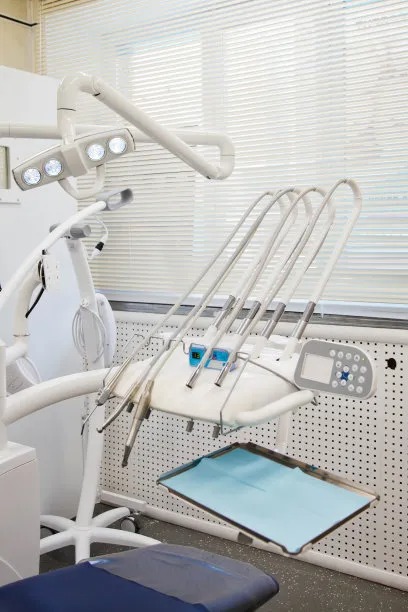Understanding the Process and Importance of Extracting a Tooth for Effective Dental Care
Summary: Tooth extraction, though often viewed with apprehension, plays a crucial role in maintaining optimal dental health. This article delves into the various aspects surrounding the procedure of tooth extraction, including the reasons necessitating such an intervention, the steps involved in the extraction process, the recovery guidelines post-extraction, and the importance of professional dental care throughout this journey. Understanding these dimensions will help patients gain insights into how tooth extractions can be an integral part of effective dental care. Moreover, it highlights the importance of consulting with dental professionals to ensure the best possible outcomes.
1. Reasons for Tooth Extraction in Dental Care

Tooth extraction is often considered a last resort in dental care, but there are several reasons why it may become necessary. One of the most common reasons for extraction is the presence of severe decay. When a tooth is extensively damaged and cannot be repaired with fillings or crowns, the dentist may recommend extraction to prevent further infection and complications.
Another significant reason for extracting a tooth is overcrowding. In some cases, individuals may have too many teeth for their mouths size, resulting in misalignment and impacting overall dental health. To alleviate this issue, dentists might suggest removing certain teeth to create adequate space for the remaining ones.
Lastly, wisdom teeth often necessitate extraction, especially when they become impacted or lead to other dental issues. These third molars can cause pain, infection, and misalignment, making their removal crucial for maintaining long-term oral health.
2. The Process of Tooth Extraction Explained
The process of tooth extraction typically begins with a thorough dental examination. Dentists employ X-rays to understand the tooths condition and develop a tailored extraction plan. This evaluation ensures that the extraction is performed safely and effectively, minimizing potential complications.
Once the decision to extract is made, the dentist prepares the patient for the procedure by administering anesthesia. This step is critical as it ensures that the patient remains comfortable and pain-free during the extraction. Depending on the complexity of the extraction, either local or general anesthesia may be used.
Following anesthesia administration, the dentist skillfully removes the tooth from its socket in the jawbone. For simple extractions, the tooth is loosened with an instrument called an elevator before being removed. In complex cases, surgical extractions may be required, involving incisions in the gum to access the tooth more effectively. Overall, dentists aim for a swift and precise extraction to minimize patient discomfort.
3. Post-Extraction Recovery Guidelines
Post-extraction recovery is vital for patients to ensure proper healing. Immediately following the procedure, patients are typically advised to apply gauze to the extraction site to control any bleeding and to bite down gently for a period specified by their dentist. It is essential to follow these instructions to avoid complications.
Pain management is another important aspect of recovery. Dentists usually prescribe pain relievers or recommend over-the-counter medications to manage discomfort. It is crucial for patients to adhere to the prescribed medication guidelines to maintain a comfortable recovery experience.
Further, patients should also be mindful of their dietary choices post-extraction. Soft foods are generally recommended for the first few days to avoid irritating the extraction site. Staying hydrated and avoiding straws is crucial, as the suction may dislodge the blood clot essential for healing.
4. The Importance of Professional Dental Care
Professional dental care is paramount in ensuring successful tooth extractions and overall oral health. Regular dental check-ups allow dentists to monitor the patients dental condition, identifying possible issues early on. Consequently, timely interventions can reduce the likelihood of requiring extractions in the future.
Additionally, post-extraction follow-ups with the dentist are critical to confirm that healing is progressing as expected. During these appointments, dentists assess the site for any potential complications, such as infection or improper healing, and offer advice for maintaining dental health.
Furthermore, professional guidance on oral hygiene practices post-extraction can significantly influence recovery outcomes. Dentists can recommend personalized care routines to help patients maintain optimal dental hygiene and prevent future dental issues. Adhering to these practices not only supports individual recovery but also enhances long-term oral health.
Summary:
Tooth extraction is an essential component of effective dental care, serving various purposes from mitigating severe dental decay to addressing overcrowding and managing wisdom teeth issues. Understanding the extraction process, recovery guidelines, and the importance of professional dental assistance is crucial for patients seeking to maintain their oral health.
By recognizing the importance of these dimensions, patients can approach tooth extraction with greater assurance and a commitment to their overall dental wellbeing.
This article is compiled by Vickong Dental and the content is for reference only



